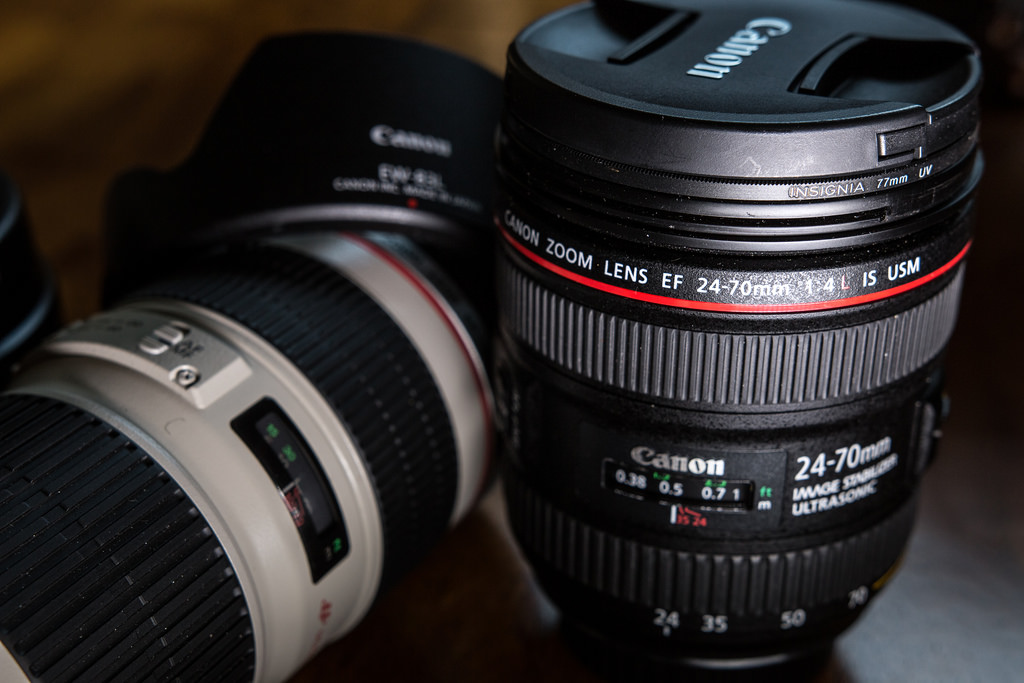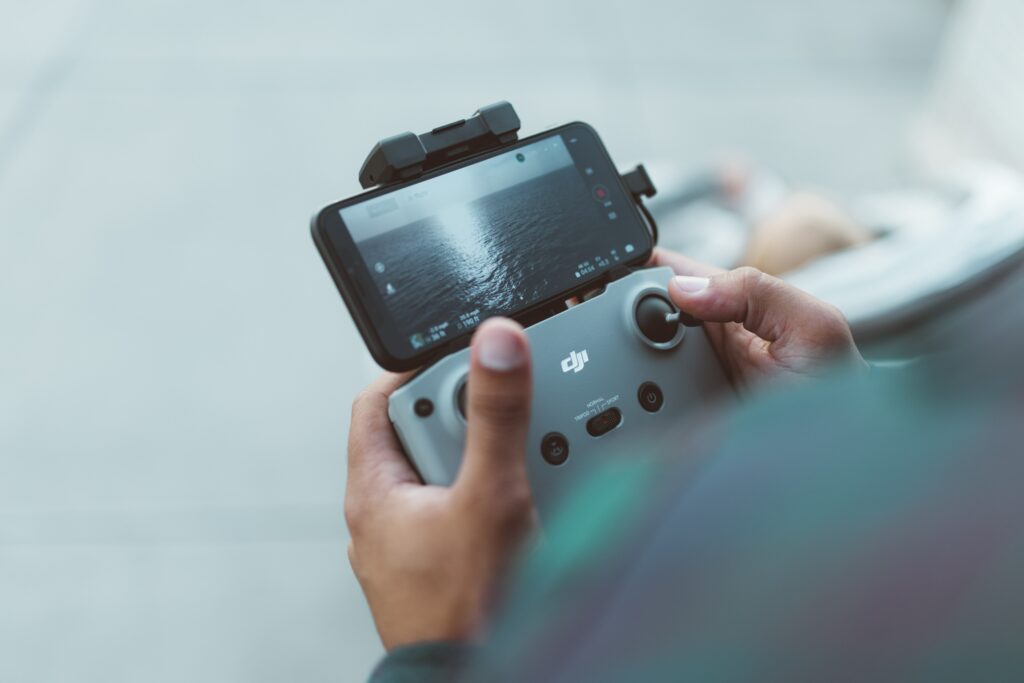Think You've Got Your Gear Looking Pretty Neat And Organized? Get A Checklist Anyway
Just how prepared do you think you are for that next photoshoot?
Is your gear shiny and mirror-like or does it get tossed aside and forgotten about for a few days? And does it only get some attention and TLC when things look desperate!?
Many photographers use checklists as a failsafe mechanism when preparing about anything that includes multiple tasks.
I cannot stress how important this is when packing your gear (especially for a shoot or job you've got lined up), and for maintenance after a shoot.
So Why Do I Have To Write This Stuff Down? All My Gear Is Just Fine
Your gear may well be looking fantastic, even like new (even if it's not) but the point here is that checklists work.
Why? Because they provide a concise execution of predefined tasks, something our brain often fails to do because of distractions, pressure, stress, and general lack of attention.
I tend to use checklists for everything important that requires pretty much the same preparation (photoshoots, travel, gear maintenance etc), and I would recommend for you to do the same.
At the end of the day, it simplifies everything and most importantly, ensures that you won’t forget anything (just make sure you tick things off as you go).

The following checklists should serve as a template and it is wise to tweak them in order to suit your own needs. They are created based on my workflow, and that of some coworkers use.
General Gear Preparation
This serves as an all-around checklist, covering the essentials for all-around use. This checklist can serve you as a starting point template which you can edit afterward to suit your specific needs.
 Photo by James Deville
Photo by James Deville
– Select gear that will be used
– Clean everything (lenses, sensor, outer bodies and so forth)
– Charge your batteries, for the camera and for the flashes
– Empty your SD/CF cards
– Pack your gear (this will be the same gear you selected)
– Pack all the necessary cables (I always forget them, and end up buying replacements – not wise)
– Pack the tripod and the shoe for it
– Pack a notepad and a pen
– Business cards
– Contracts, model and property release forms
– Energy bar
– Water
– Gum/Mints
Food and water are important, if you are hungry or dehydrated you can’t function properly, and you're more likely to make mistakes.
You might ask why the “Gum/Mints”? Well, it's to have your breath fresh after a bite to eat, you will be around people and talking to them too, therefore you want to appear presentable!
Gear Maintenance Checklist
 Photo by Holley And Chris Melton
Photo by Holley And Chris Melton
You really need to maintain your gear regularly. Most people don’t really bother doing this on a regular basis and end up with failed gear or ruined photos because they didn’t take care of the issue earlier.
Therefore here is a checklist that I use frequently when maintaining my gear. Some of this maintenance and care depends on what you are capable of doing on your own and will need help with, either way, you might need to tweak this checklist too.
– Clean the lens front elements
– Clean the lens back elements
– Clean the filters
– Check the sensor for dust
– Clean the sensor if it is dusty
– Check hotshoe contacts
– Clean hotshoe contacts if dirty
– Check the focus on each lens (macro, middle, infinity)
– Adjust the focus on each lens if necessary (using micro adjustments)
– Take lenses that can’t be calibrated to the service ASAP
– Test your SD/CF cards for bad blocks (you can use H2Testw for that)
– Replace damaged cards
– Clean the dust from every body and lens cap
– Check flash power and recycle times
– If your flash doesn’t cycle in the factory specified time with fully charged batteries, take it to the service center
– Check your tripod for loose parts, and tighten them
– If you tripod has signs of parts that are broken or that they are about to break, replace them
Further Learning
Using Event Photography as “a foot in the door” is very possible, ask favors and try to find out about local events in your neighborhood. Now that you've got your gear all prepared, why not start by checking out this great course guide on “Event Photography” by Steele Training to get some work under your belt?
Gear That Is Often Forgotten
 Photo by Pete Slater
Photo by Pete Slater
When you are planning your gear for a shoot or a job, there is often stuff that's forgotten, leaving you in spots where you have to improvise, which can cost you money and time. So go through this list to ensure that is kept to a minimum.
– Spare batteries (АА batteries, have at least 8 spare and fully charged)
– Cables (you might need to off load some pictures to a PC, get your camera cable and all others you might need)
– Chargers (your DSLR battery pack chargers and your AA battery chargers, keep one smartphone charger as well)
– Lens and sensor cleaning kits (things can get messy, be prepared)
– Tripod shoe (your tripod is pretty much useless without it)
– Spare SD/CF cards (jobs often require more card capacity than you anticipate, keep that in mind)
– Filters
– Gels
– Lens and body caps.
– Import photos then empty the SD/CF cards
Summary
Even though these might be broad and general checklists which need to be tweaked according to your needs, the idea stays the same.
If you keep on forgetting things or you lose too much time planning what you need to get or do before or after a shoot, having checklists like this can make everything much easier.
All you need to do is remember that you need to use them – and you don't need a list for that!
Get Your Photography Gear Organized – Top Takeaways
- Having checklists for your gear and everything else you need ensure you're safe in the knowledge you're prepared, every time!
- By using these lists you can also be certain your camera gear is maintained and looked after, and therefore will last longer and perform better.
Further Resources
- 7 Simple Maintenance and Care Tips to Keep Your Digital Camera in Great Shape by Sheen Watkins
- Photographers, Let’s Talk About Gear Properly by Dzvonko Petrovski
- Your Dream Photography Job Is Just One Masterful Pitch Away by Tiffany Mueller
Further Learning
Using Event Photography as “a foot in the door” is very possible, ask favors and try to find out about local events in your neighborhood. Now that you've got your gear all prepared, why not start by checking out this great course guide on “Event Photography” by Steele Training to get some work under your belt?





